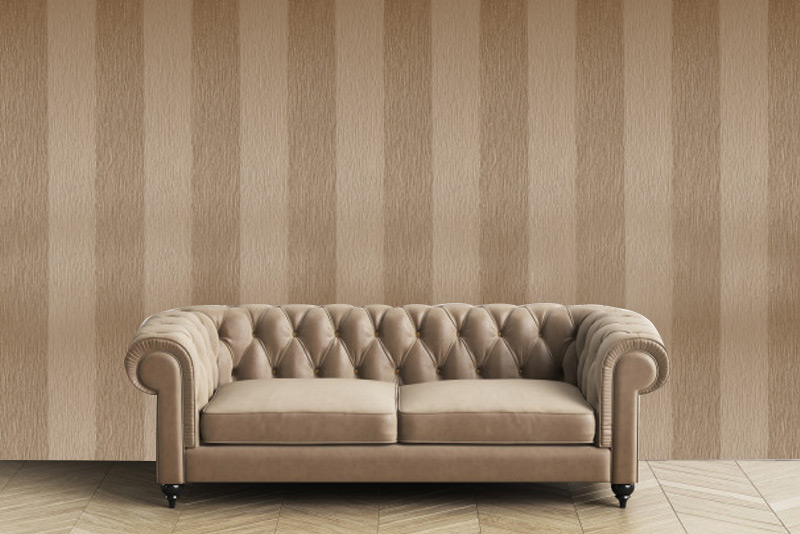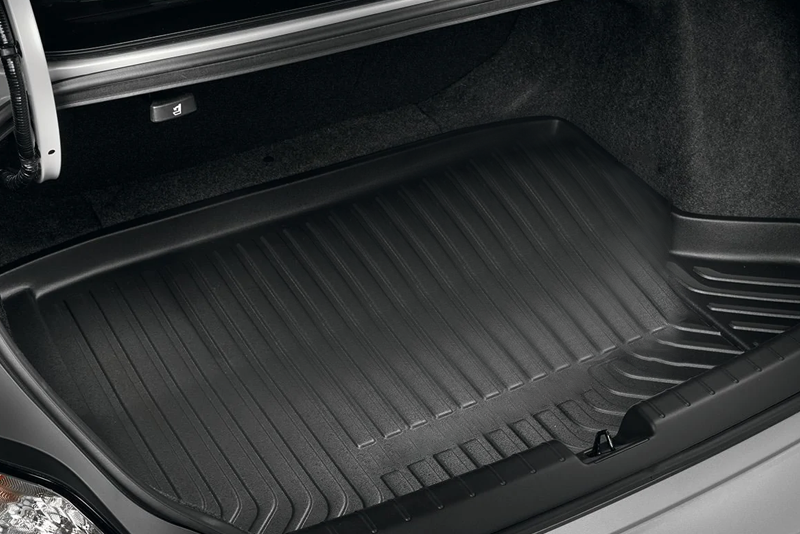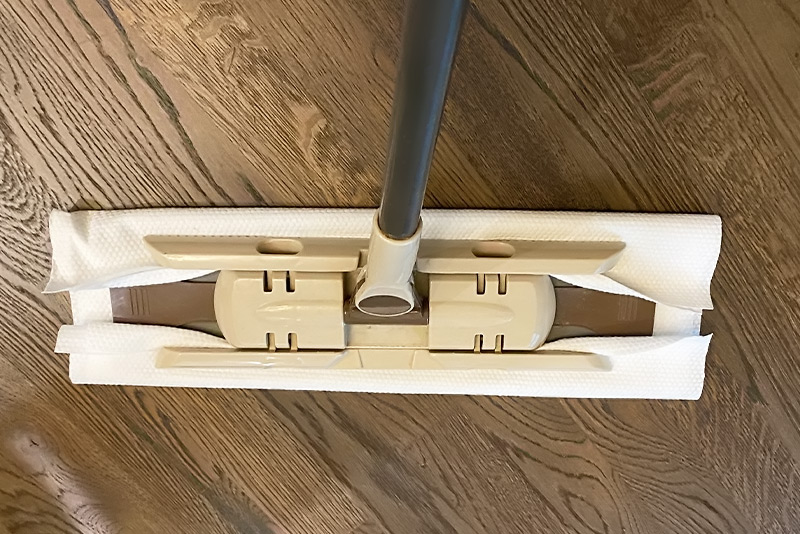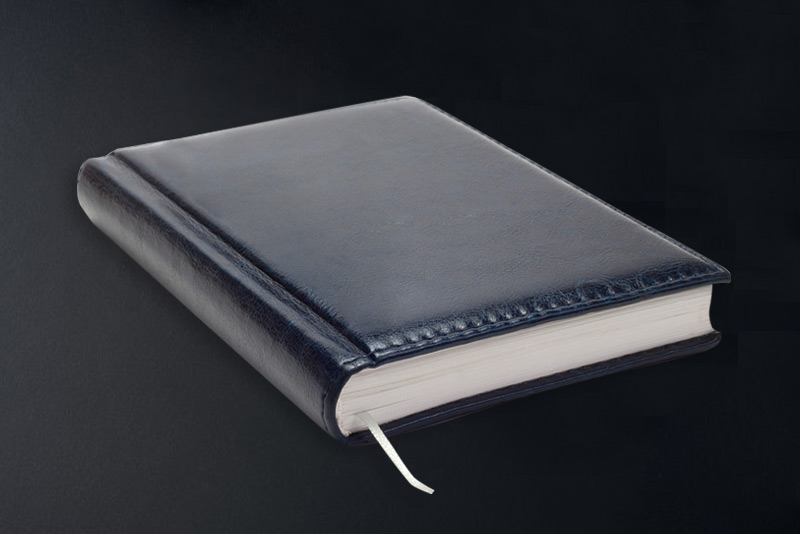Nonwoven wall fabric is a type of wallpaper that uses cellulose and sometimes textile fibers as its base material. The fibers are bonded together with a binder, making the nonwoven fabric dimensionally stable, hard-wearing and washable. The resulting texture and coloration are often used to create wall coverings for residential, commercial or public spaces.
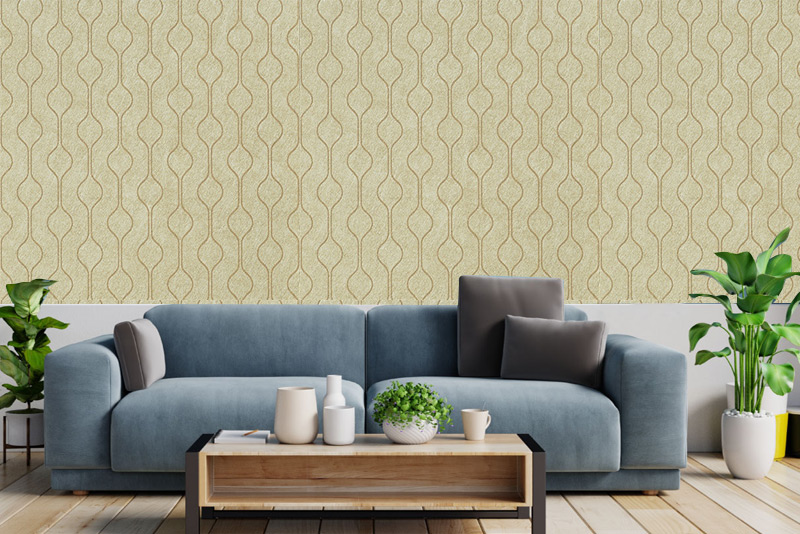
The history of nonwoven fabrics dates back to the 19th century, when a textile engineer in England invented the Garnett Machine to recycle fibers from trimmings. These were then reorientated mechanically or chemically (through glue) to make sheets of fibers that can be easily formed into fabrics.
Today, most nonwoven wall fabric is produced from pulp fibers mixed with a small amount of synthetic fiber. These are not nearly as strong and durable as vinyl substrates, but they are still considered to be an excellent alternative for certain applications.
Some of these wallcoverings are also flame resistant. This is particularly important in public spaces where fires may occur and the safety of the building's occupants is critical.


 English
English 简体中文
简体中文 日本語
日本語
